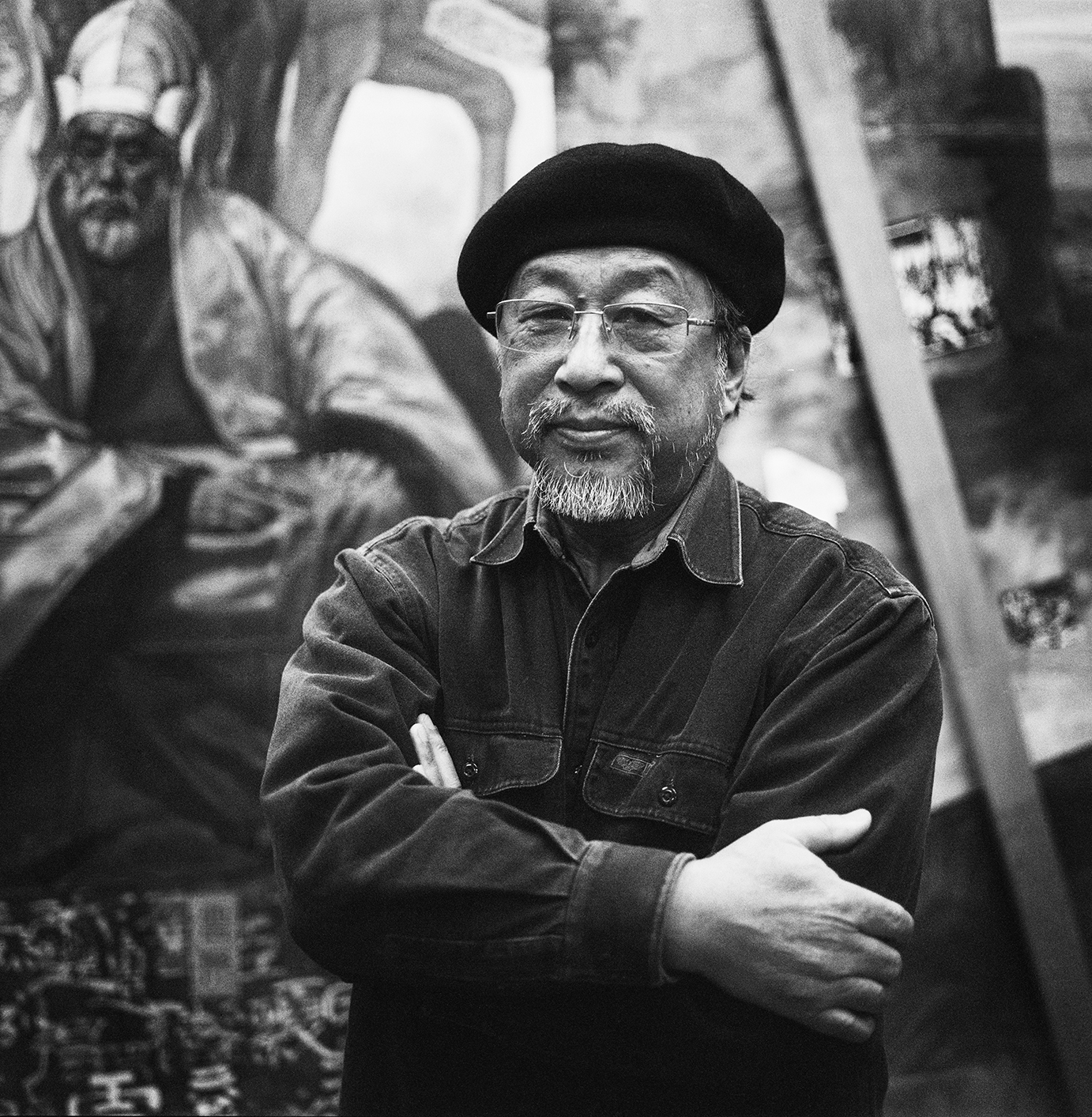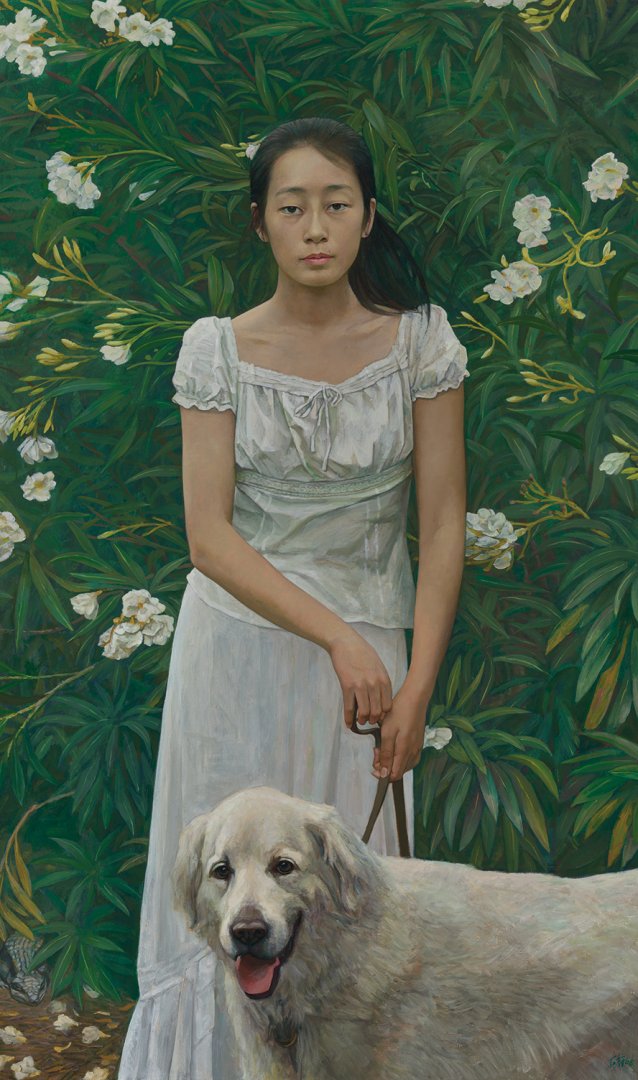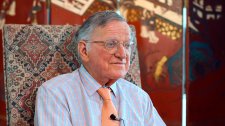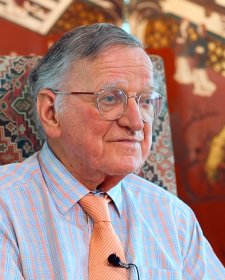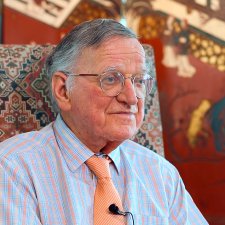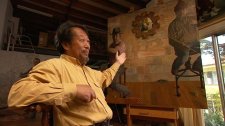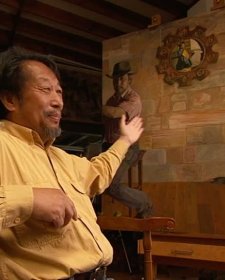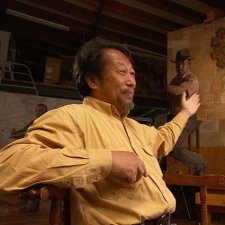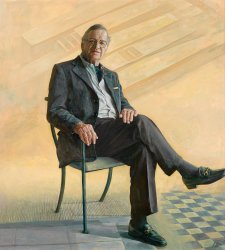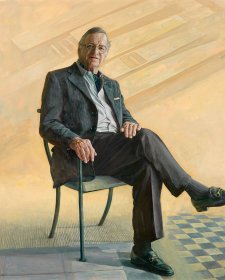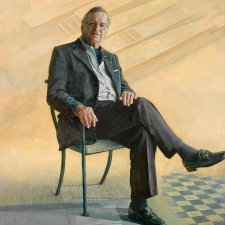When Shen Jiawei arrived in Australia in 1989, he had practically nothing. Sixteen years later, he had two portraits he’d painted standing side by side in his studio. One was of the former Mary Donaldson, Australian-born Princess Mary of Denmark. The other was of Shen Xini, Chinese-born princess of his own harmonious domain in Bundeena, New South Wales.
Shen Jiawei (also known as Jiawei Shen) was born in China. During the Cultural Revolution he laboured in the Great Northern Wilderness, but even as he worked there, he gained recognition as an artist. Some of the paintings he made gained national renown, and are now recognised internationally as icons of the times. Wang Lan was the beautiful daughter of a founder of the Beijing Institute of Aeronautics. At sixteen she was sent north for farm work in Heilongjiang, near the Russian border. There for seven years, she sketched and made woodcuts whenever she could. In 1975 she met Shen Jiawei. After the revolution ended in 1976, Lan studied and taught for nine years in Shenyang. In 1982, she married Jiawei; six years later she completed an award-winning mural, more than twenty-three metres long, for the Dalian Youth Palace.
The couple’s daughter, Xini (‘Aurora’) was born in May 1989. By then, Jiawei was in Australia, making his living drawing portraits of passers-by at Darling Harbour. Lan and Xini arrived at the end of 1991. Lan worked as a cleaner, learned English and began to drive while Jiawei sketched at Australia’s Wonderland and made his Archibald debut. In 1997, they settled in Bundeena. The following year, they became Australian citizens and adopted a tiny puppy, Billy.
